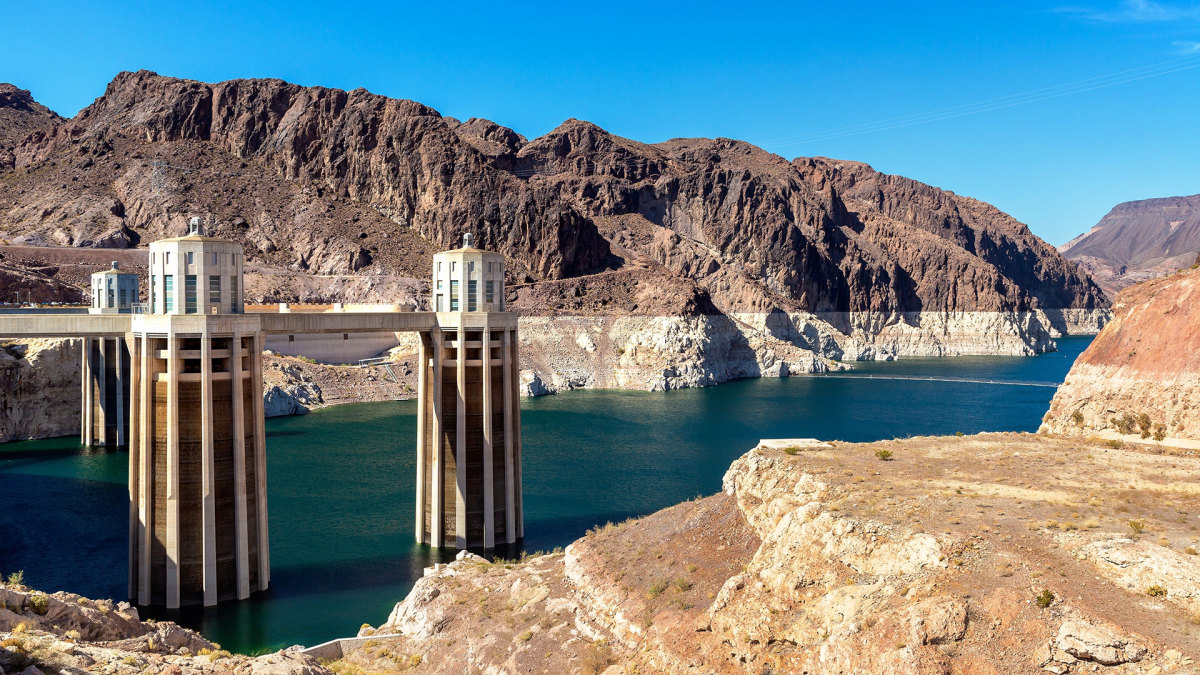The Street
Forget Covid (and Monkeypox) the Las Vegas Strip Has a Bigger Problem
Daniel Kline – August 25, 2022
Explosive growth has been a huge positive for the Las Vegas Strip but there are some dark clouds ahead.
Growth comes with a cost, especially when that growth was not in the original plans.
Think of it like you would an old town, versus a new one. In high-growth parts of the country, builders have created something called a “master-planned community,” that’s a town or city planned out fully. This means that before builders put up a single house or erect the first shopping center, they build (or at least plan) the infrastructure needed for the community when it’s fully built.
You can’t easily go back and make roads wider or increase the capacity of the sewage treatment plant. It’s much more cost-effective to plan for what might be decades out than to sort of build as you go (which is pretty much how every major American city was built and explains why those cities have expensive problems ranging from housing to transportation, and well water).
Las Vegas, as you likely know, was essentially built in a desert and it’s highly unlikely that its founding fathers foresaw the megaresorts of today. That has led to a city that has some significant infrastructure problems that need to be addressed as Sin City continues to exponentially grow.
A Period of Triumph for Post-Pandemic Las Vegas
While covid hasn’t actually gone anywhere, Las Vegas has managed to put the impact of the pandemic (and a hopefully brief monkeypox scare) behind it. Caesars Entertainment, MGM Resorts International, and Wynn Resorts have all reported Las Vegas Strip results nearing or passing 2019 numbers even while the convention and international traveler business has not yet fully recovered.
It’s a hopeful time for Las Vegas which has led to a construction boom with multiple major casino projects, at least one, probably two NBA-ready arenas being built, and even talk of expanding the boundaries of the Las Vegas Strip itself.
That’s all encouraging news for operators including Caesars, MGM, and Wynn, but Alan Feldman, a distinguished fellow at UNLVs International Gaming Institute, believes there’s one major problem which could put the brakes on Las Vegas growth.

Las Vegas Needs More Water
Feldman spoke at the NAIOP Southern Nevada (a commercial real estate group) breakfast meeting at the Orleans on Aug. 18. He warned that not having enough water could create major problems for Las Vegas — and certainly any new construction — going forward.
“This is a huge political discussion, but we’re going to need more water,” Feldman said during his presentation at the Orleans, the Las Vegas Sun reported. “I think, at some point, the federal government is going to have to step in and override some of the debate that’s been happening at the state and regional levels.”
Nevada draws water from the Colorado River which has essentially been providing more water than it actually has so the Department of Interior will be cutting Nevada’s allotment by 8%. The river flows into Lake Mead, a key water source for Las Vegas, which has seen its water levels drop.
Feldman believes there is a solution but does not think the city or even the state can handle the problem on their own.
“At some point in America’s future, we’re going to have to deal with desalination, I don’t see any way around that. That’s not something we’d want to see from the states. We’d want the federal government to step in on that,” he said.
Resorts only use about 5% of the region’s water allotment.
